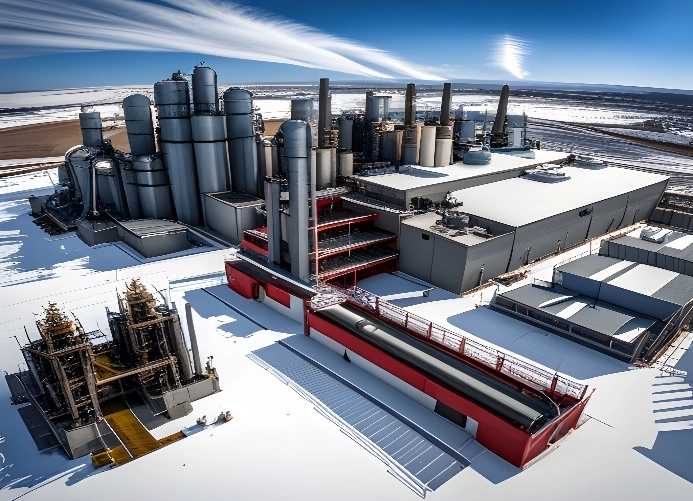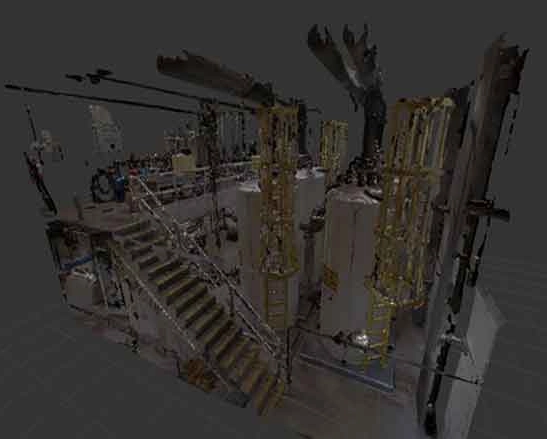What exactly is plant digitalization? It’s the convergence of the physical and digital realms within a plant environment. It involves harnessing the power of data analytics, automation, artificial intelligence, and the Internet of Things (IoT) to create a smart, interconnected ecosystem. By digitizing every aspect of plant operation, from monitoring and maintenance to production and supply chain management, we can unlock a wealth of benefits.
As the world becomes increasingly digital, the plant industry is also undergoing a major transformation. One of the most exciting innovations in this field is the use of Scan to BIM (building information modeling) technology to create accurate digital representations of plants. This technology offers a wide range of benefits to plant owners, designers, and constructors by providing a detailed and thorough understanding of the plant’s assets and infrastructure. LIDAR scanning is a process that uses laser scanning technology to capture every detail of a plant’s facilities, structures, and systems. This data is then converted into 3D models using BIM software, creating a detailed digital replica of the plant. This digital model can be used to improve the design, construction, and maintenance of the plant, as well as contribute to a more efficient and cost-effective operation.




